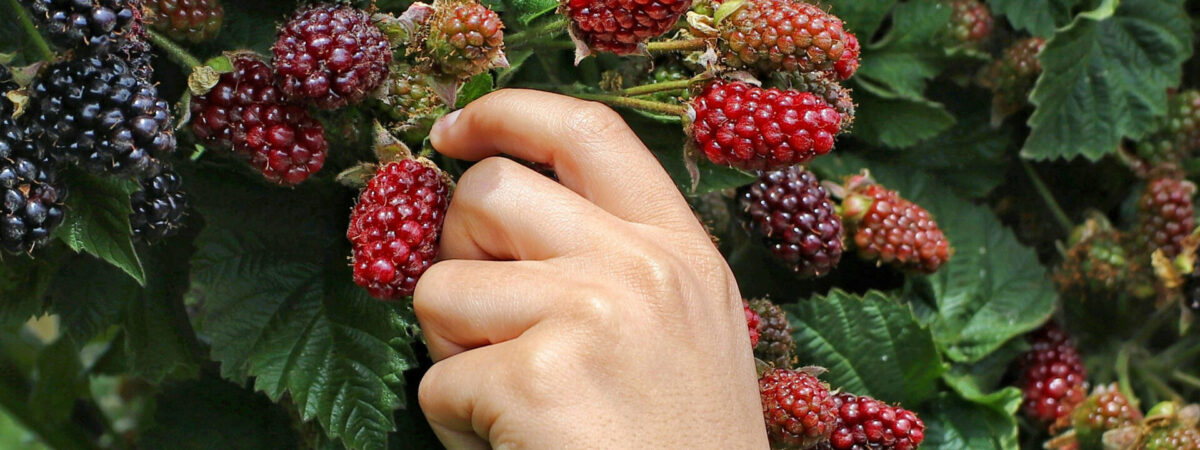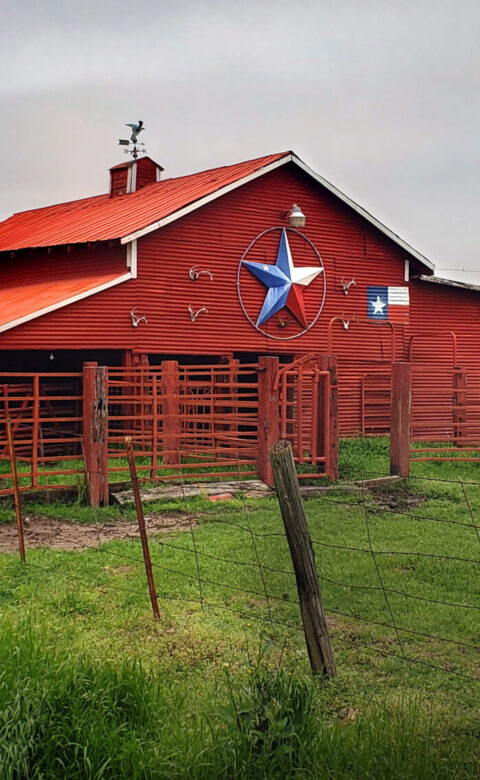In the modern world, unless you happen to be a farmer or food producer, it’s easy to get disconnected from what you eat. Here, one former city girl tells of her experiences of getting the lay of the land in a new environment, finding a new focus on what’s in season and becoming attuned to the annual cycle of nature’s bounty.
When I was in my early 30s, I moved to a new country. Up to that point, I was very much a city dweller and apart from the odd trip to a pumpkin patch in the run-up to Halloween — or a vineyard visit for a wine tasting — my closest encounters with food were in the supermarket, where it was neatly packed and stacked on shelves. I must admit I hadn’t spent much time around growing things.
Sure, I knew where the food on the shelves came from, but I’d not yet connected with it in the wild.
However, it turned out that my partner in this country had a much greater understanding of the gifts that nature had to offer on my brand-new doorstep. Having arrived in the UK in October, there was a rich variety of produce ripening in forests and hedgerows. It was the season to learn the ways of the woodland and countryside, however belatedly.
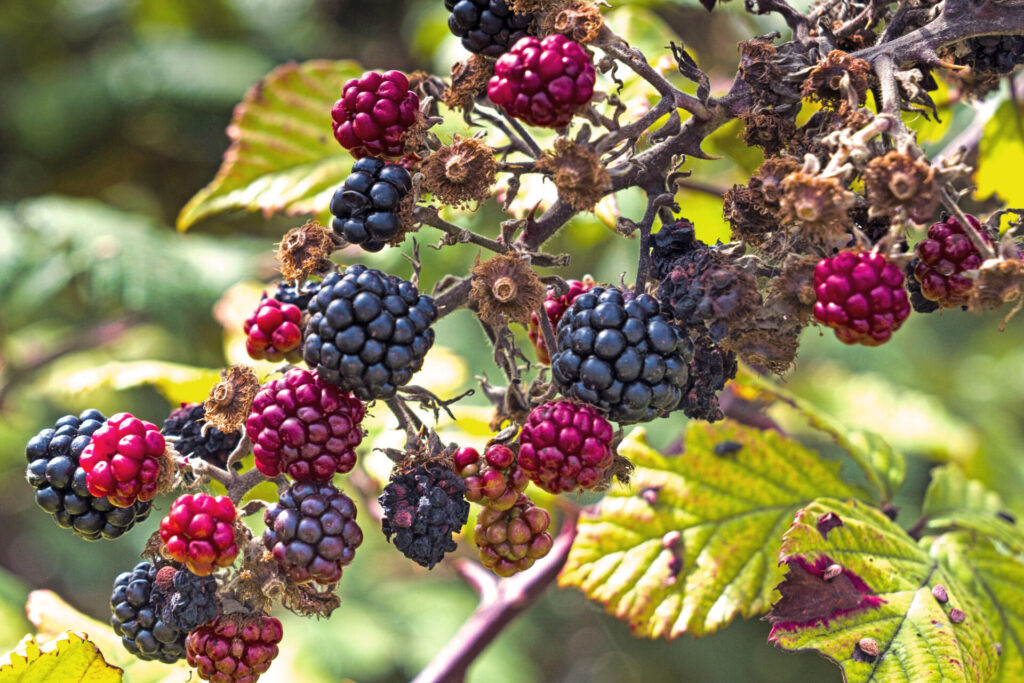
It all started with blackberries and apples. Not long after my arrival in England, one crisp autumn day I was told ‘We’re going blackberrying today’ — and apart from wearing sensible shoes and suitable clothing, I didn’t know precisely what that would entail.
With a selection of reusable plastic containers in hand, we headed for the hedgerows.
Speaking of suitable clothing, it’s best to wear long sleeves for this. Reaching into bramble bushes, the thorns will have every intention of thwarting your attempts to pluck the ripest, plumpest berries; but with care and nimble fingers you’ll prevail. On this first blackberry-picking outing for me, with the warm early October sunshine beating down on us, we worked gently but efficiently, being selective and working from one well-laden patch. Easy, now… you mustn’t squash them as they’ll only spoil. And don’t completely clear any area of berries. Leave some for the birds and animals.
Once home, they get a good rinsing, soaking, and draining then need to be eaten or frozen immediately. There’s nothing as satisfying as having fresh blackberries, saved in their peak season, ready to defrost and use in the depths of a dreary British winter.
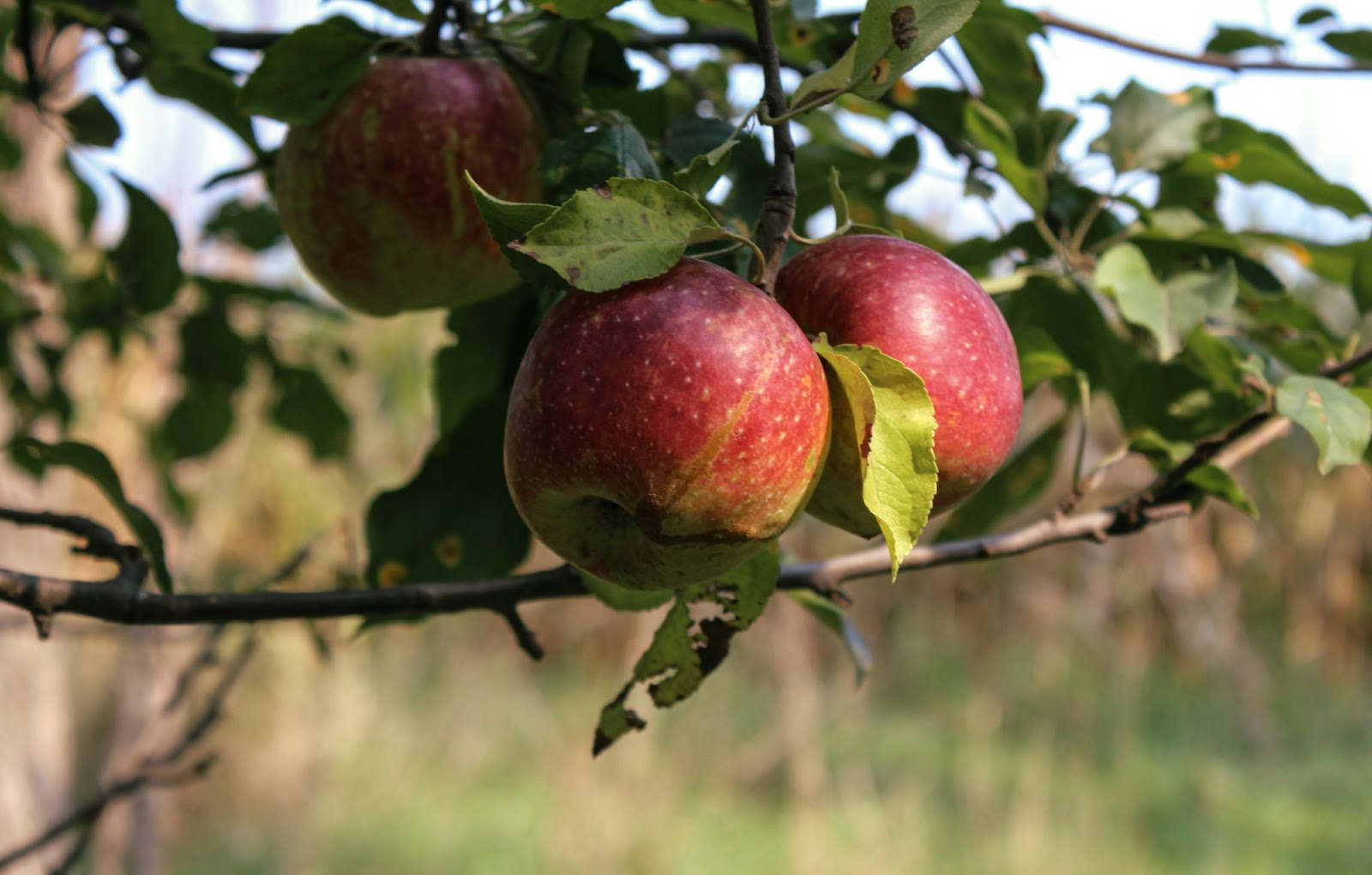
After blackberries, it was the season for apples, another autumnal treat in the UK. And there seemed to be a surfeit of apples. Apples, apples everywhere. Kindly friends or neighbours with trees in their gardens gave gifts of bagsful, and for the keen-eyed observer, there was plenty of windfall fruit to be had if you lacked generous acquaintances.
It’s said that what grows together goes together, and it’s inevitably true.
In this case, with orchard and hedgerow producing their crops at the same time, apple and blackberry pies are the logical outcome. Apples are peeled, cored and sliced then very gently part-cooked; mixed with a bit of sugar, cinnamon, perhaps a squeeze of fresh lemon juice, and some blackberries just gathered from the vine. All are piled into the pastry and baked until the pie is bubbling and golden brown; October on a plate.
If you prefer a blackberry and apple crumble, jam, chutney, or tarts… the possibilities are nearly endless, but all are a perfect combination of tangy, tart, fresh and sweet. And they’re never better than in this season, when naturally plentiful.

Come late autumn and early winter, it’s the sloe berry harvest. Sloes are the fruit of the blackthorn bush, a small wild plum that looks a little like grapes or blueberries, violet with a dusty blue bloom, but beware — they are very bitter on their own!
Instead, they can be used to flavour gin or other clear spirits, along with a good dose of sugar and the addition of time. The resulting liquid is a beautiful dark ruby/amethyst colour.
It’s a good idea to pick before the weeks fly by too quickly, as a sloe gin takes time to mature to full deliciousness. That said, the tradition is to wait until after the first frost. If you’re well organised and Mother Nature cooperates, you’ll get your bottles filled before November rolls around. This puts you in good shape for giving holiday gifts in late December of deepest-purple homemade sloe liqueur.
This is another case of carefully avoiding thorns (hence the bush’s name of blackthorn) and again, we don’t pick them all, leaving some for wildlife to graze on during the cold winter.
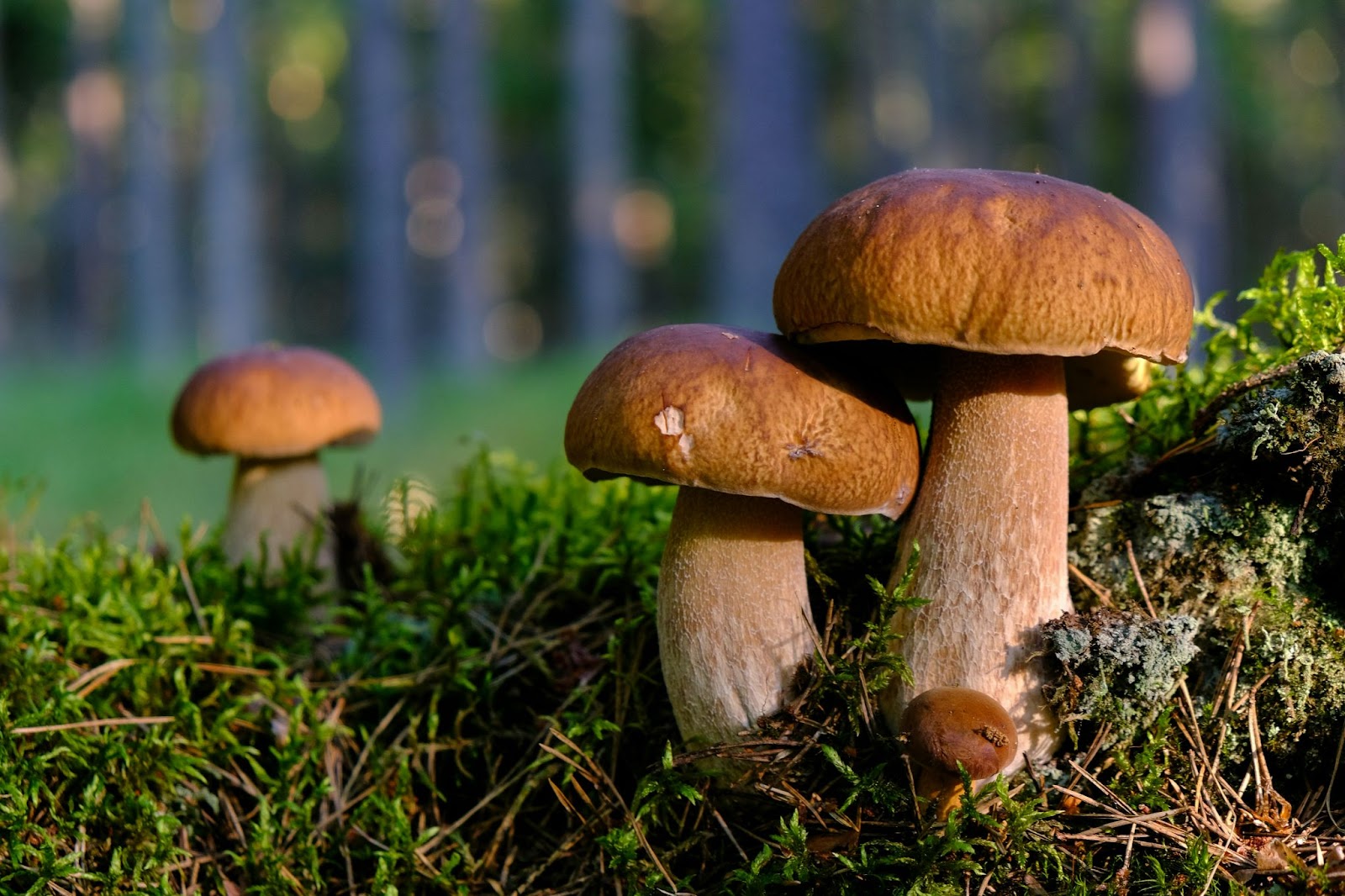
Finally, it’s time for mushrooms. As the rains dampen the soil and temperatures drop, they spring up in every colour of the rainbow in all shapes and sizes, from the humble brown edible varieties to the fairytale-ready red-and-white spotted fly agaric toadstool (lovely to look at, NOT one to consume). They begin to appear in September, but will continue well into November.
In this case, rather than gathering a basketful for your kitchen, you must exercise caution unless you are a true expert or extremely familiar with the local varieties. It’s quite easy to poison yourself, so best to go on a fungi foray to enjoy seeing how many types you can spot, and perhaps then leave them undisturbed in the woods — right where you found them.
Wherever you roam in forest or field, be sure to familiarise yourself with local laws when it comes to picking your own. Follow responsible foraging guidelines like these from the Woodland Trust and codes like this by Wild Food UK (with what’s in this article relevant to the UK, but of course it will vary wherever you go). Proceed sustainably and mindfully, and make sure you stay safe and within the law.
By valuing what’s in nature’s larder, instead of ignoring the patterns of the year as the season changes and eating without regard for what’s ripening on the trees and in the fields, we gain a true appreciation for what’s best… right now.

